在 React 中实现带有文本输入的单选列表
介绍
使用纯 HTML 构建表单似乎相当容易,但使用像 React 这样的 JavaScript 框架时,可能会有点棘手。React 希望您使用状态自行管理表单数据,而不是依赖 DOM 来维护表单数据。
如果您有一组固定的输入字段,则可以轻松地将它们添加到组件中;但动态字段可能具有挑战性,因为您需要维护状态中的字段。在本指南中,您将学习如何使用文本输入创建动态单选列表。
从组件类开始
由于所有表单数据都需要由 state 处理,因此请在 state 中创建属性以存储文本输入和单选按钮列表值。此外,在 state 中初始化一个空数组以存储单选按钮选项。
class App extends Component {
state = {
textValue: "",
checkedOptionValue: "",
options: [],
};
}
创建文本输入以添加单选选项以及添加按钮。
class App extends Component {
state = {
textValue: "",
checkedOptionValue: "",
options: [],
};
render() {
return (
<div className="App">
<input
type="text"
value={textValue}
onChange={(e) => this.setState({ textValue: e.target.value })}
/>
<button onClick={this.handleOptionAdd}>Add</button>
</div>
);
}
}
当用户点击添加按钮时,将文本值推送到选项状态。仅当文本值的长度大于零时才推送文本值;否则,您最终将得到值为空的单选选项。这里要注意的另一件事是,您需要将选项存储为标签和值的对象。
handleOptionAdd = () => {
const { options, textValue } = this.state;
if (textValue.trim().length === 0) return;
this.setState({ textValue: "" });
this.setState({
options: [
...options,
{
label: textValue,
value: textValue.toLowerCase().replace(" ", "-"),
},
],
});
};
渲染广播列表
要呈现单选按钮列表,请使用map()方法迭代选项状态数组。确保所有单选按钮都具有相同的name prop,以便用户只能选中一个单选按钮。
const { options, checkedOptionValue } = this.state;
//
{
options.map((option) => (
<div>
<input
type="radio"
name="dynamic-radio"
value={option.value}
checked={checkedOptionValue === option.value}
onChange={this.handleRadioChange}
/>
<label>{option.label}</label>
</div>
));
}
完整组件代码
查看本节中组件的完整代码。
import React, { Component } from "react";
import "./styles.css";
class App extends Component {
state = {
textValue: "",
checkedOptionValue: "",
options: [],
};
handleOptionAdd = () => {
const { options, textValue } = this.state;
this.setState({ textValue: "" });
this.setState({
options: [
...options,
{
label: textValue,
value: textValue.toLowerCase().replace(" ", "-"),
},
],
});
};
handleRadioChange = (e) =>
this.setState({ checkedOptionValue: e.target.value });
render() {
const { options, textValue, checkedOptionValue } = this.state;
return (
<div className="App">
<input
type="text"
value={textValue}
onChange={(e) => this.setState({ textValue: e.target.value })}
/>
<button onClick={this.handleOptionAdd}>Add</button>
<div>
{options.map((option) => (
<div>
<input
type="radio"
name="dynamic-radio"
value={option.value}
checked={checkedOptionValue === option.value}
onChange={this.handleRadioChange}
/>
<label>{option.label}</label>
</div>
))}
</div>
</div>
);
}
}
export default App;
使用钩子实现
您可以使用功能组件中的useState钩子实现相同的功能。将options、textValue和radioValue存储在单独的状态变量中,组件的其余部分的工作方式与类组件类似。
import React, { useState } from "react";
import "./styles.css";
function App() {
const [options, setOptions] = useState([]);
const [textValue, setTextValue] = useState("");
const [radioValue, setRadioValue] = useState("");
const handleOptionAdd = () => {
if (textValue.trim().length === 0) return;
setTextValue("");
setOptions([
...options,
{ label: textValue, value: textValue.toLowerCase().replace(" ", "-") },
]);
};
return (
<div className="App">
<input
type="text"
value={textValue}
onChange={(e) => setTextValue(e.target.value)}
/>
<button onClick={handleOptionAdd}>Add</button>
<div>
{options.map((option) => (
<div>
<input
type="radio"
name="dynamic-radio"
value={option.value}
checked={radioValue === option.value}
onChange={(e) => setRadioValue(e.target.value)}
/>
<label>{option.label}</label>
</div>
))}
</div>
</div>
);
}
export default App;
结论
在 React 中构建表单时,考虑状态以及如何使用状态管理表单数据至关重要。依赖 DOM 来处理表单数据可能会导致不可预测的结果,使代码难以测试。在 React 中处理单选按钮列表与您通常在 HTML 中执行的操作略有不同,但一旦您了解如何处理状态中的值,在 React 中设置就会变得更容易。
免责声明:本内容来源于第三方作者授权、网友推荐或互联网整理,旨在为广大用户提供学习与参考之用。所有文本和图片版权归原创网站或作者本人所有,其观点并不代表本站立场。如有任何版权侵犯或转载不当之情况,请与我们取得联系,我们将尽快进行相关处理与修改。感谢您的理解与支持!


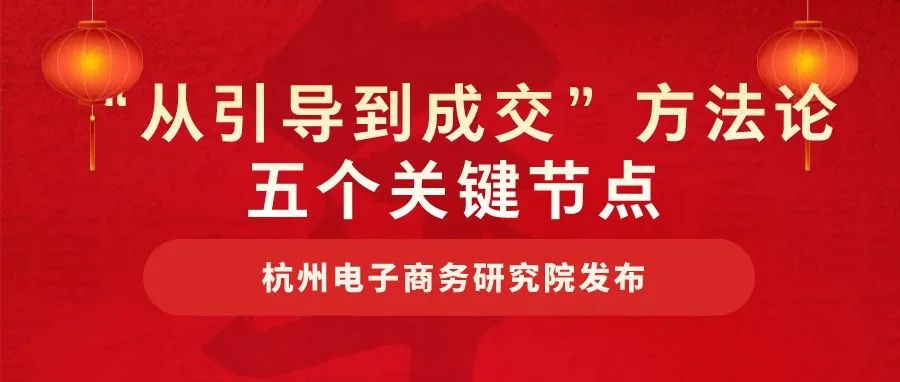
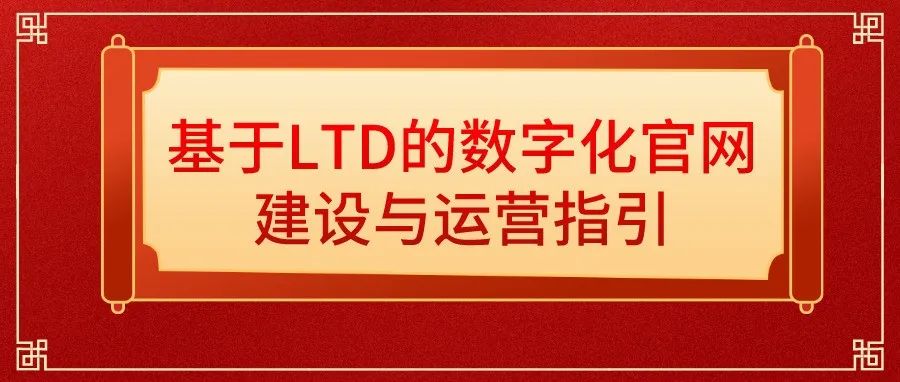

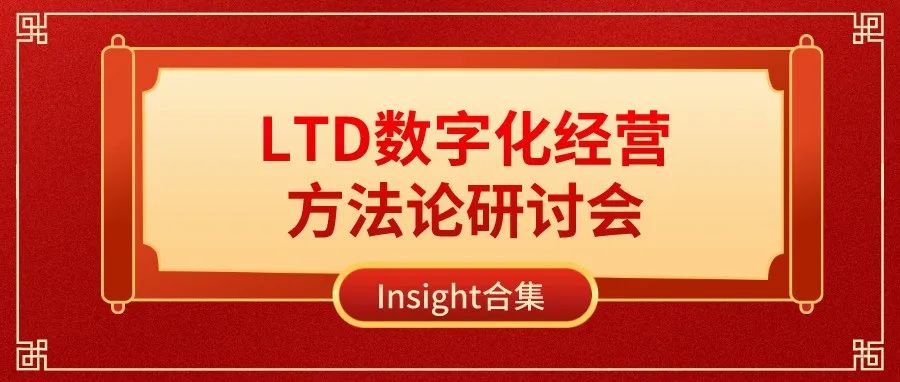

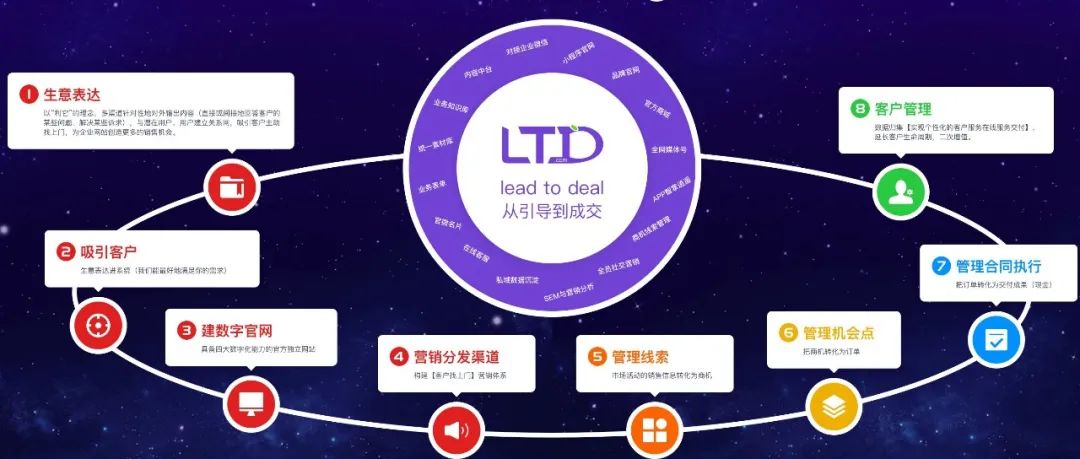

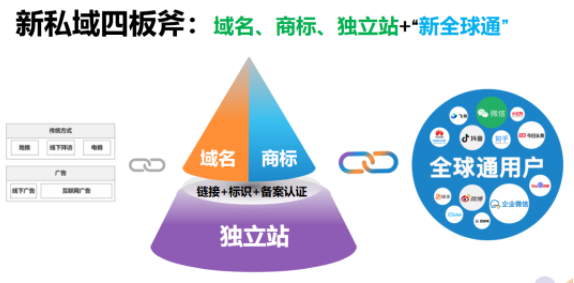
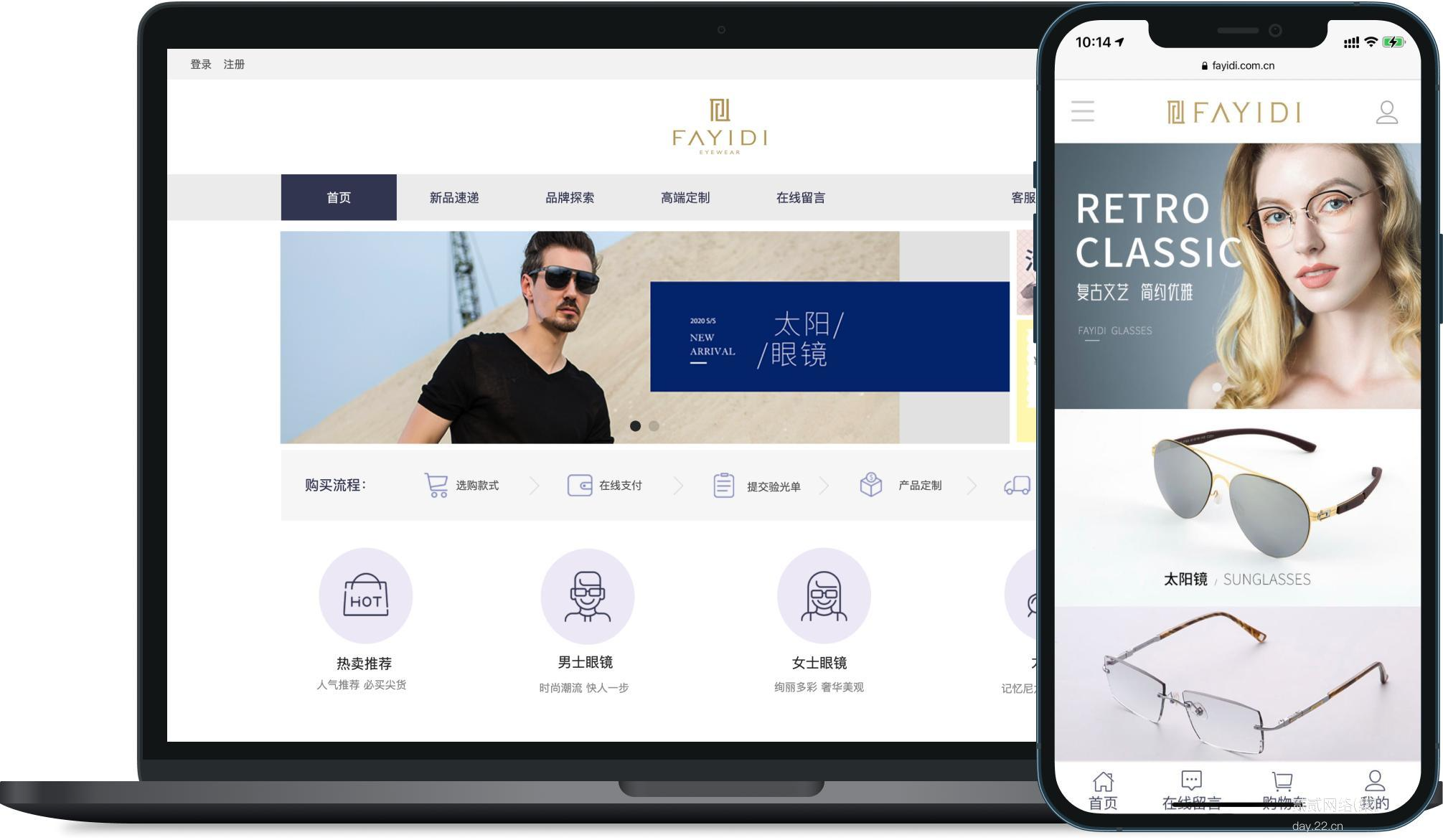
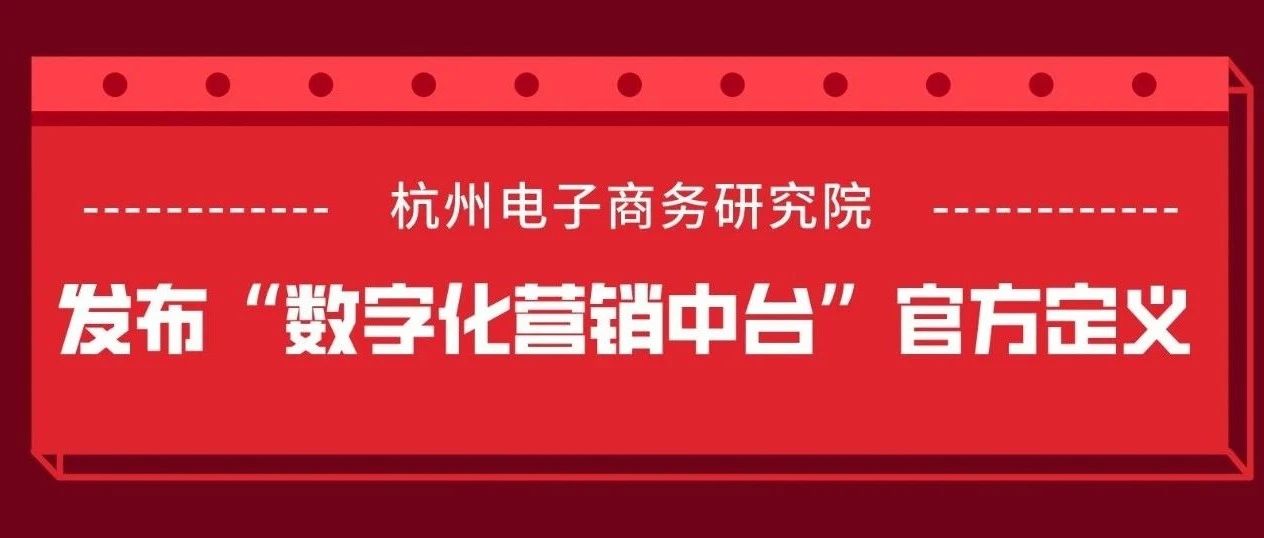

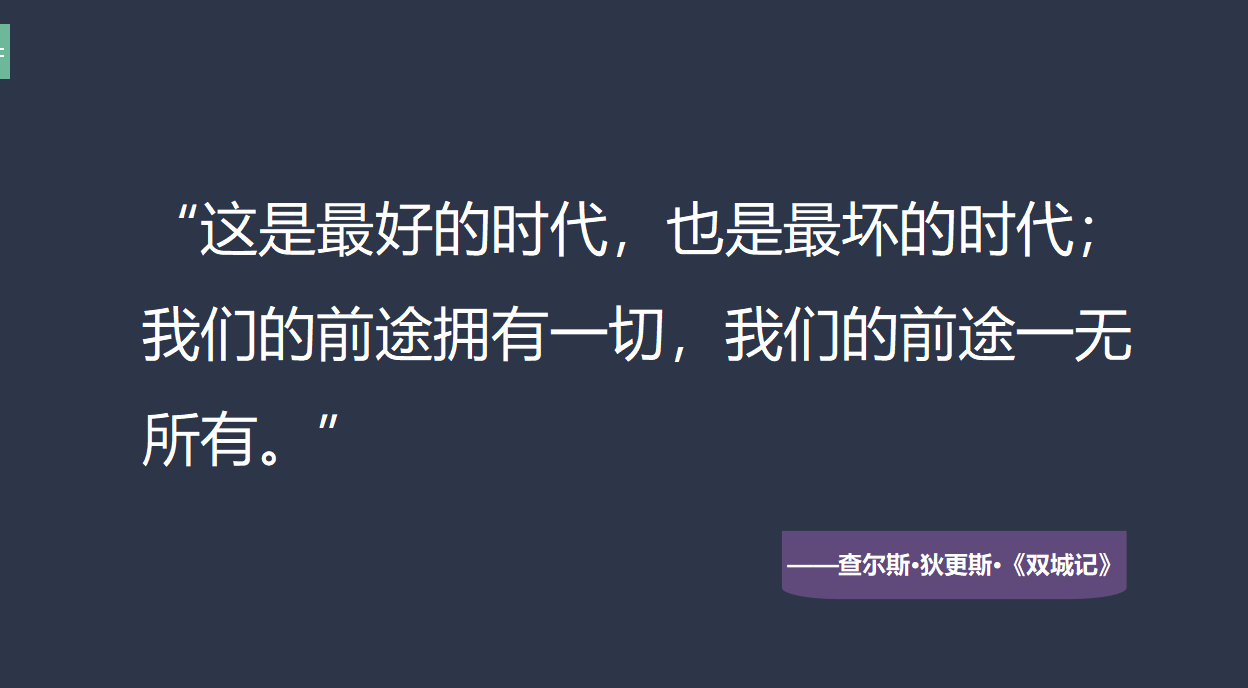



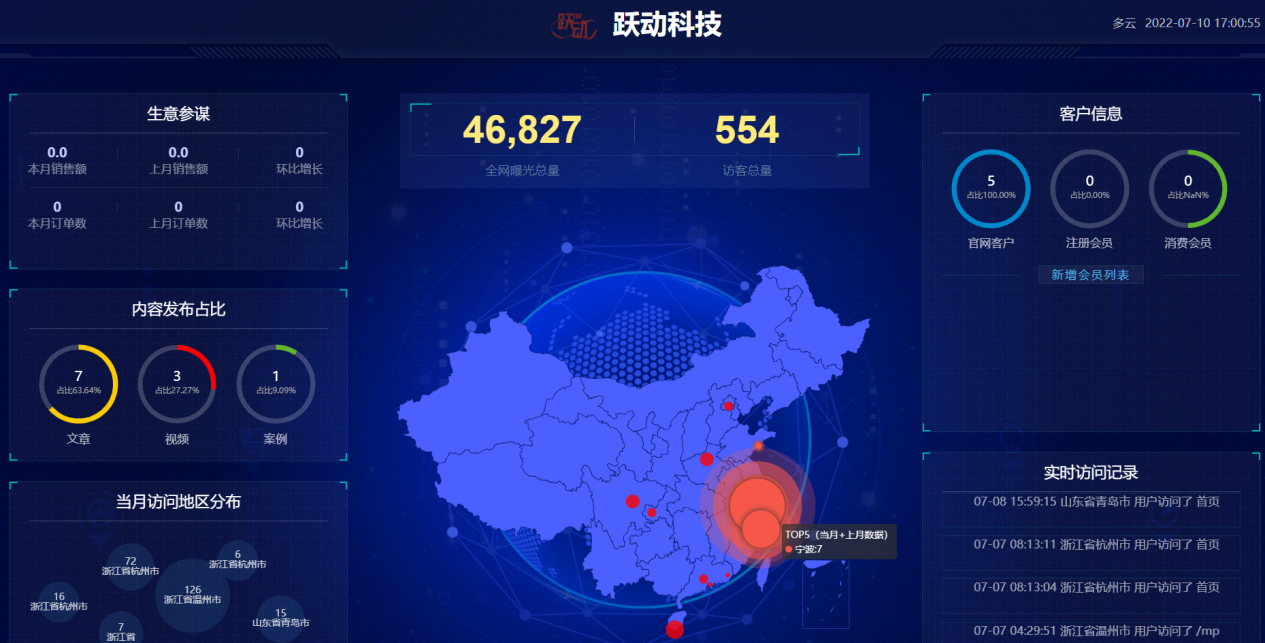

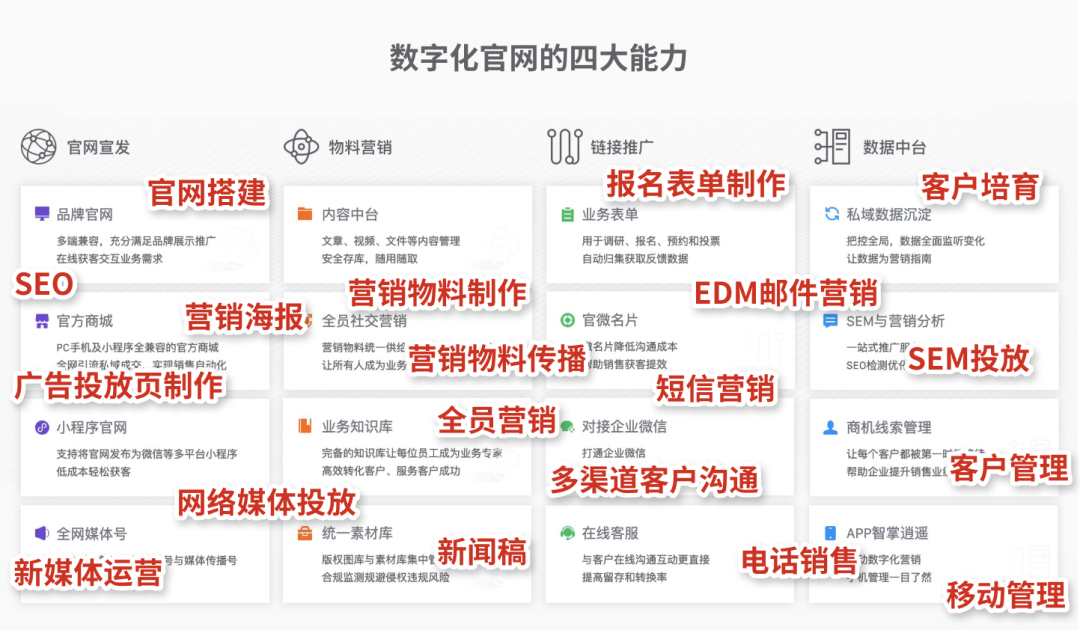
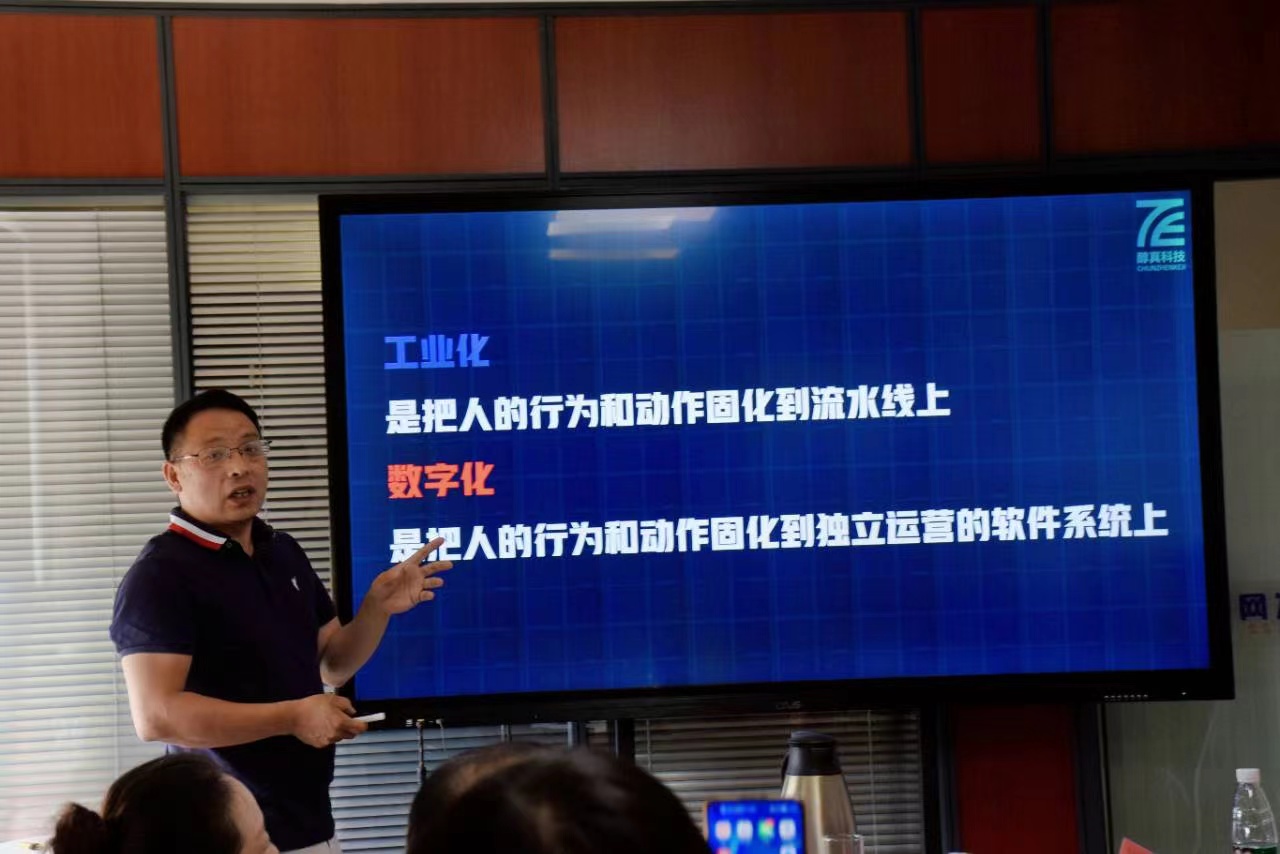













请先 登录后发表评论 ~